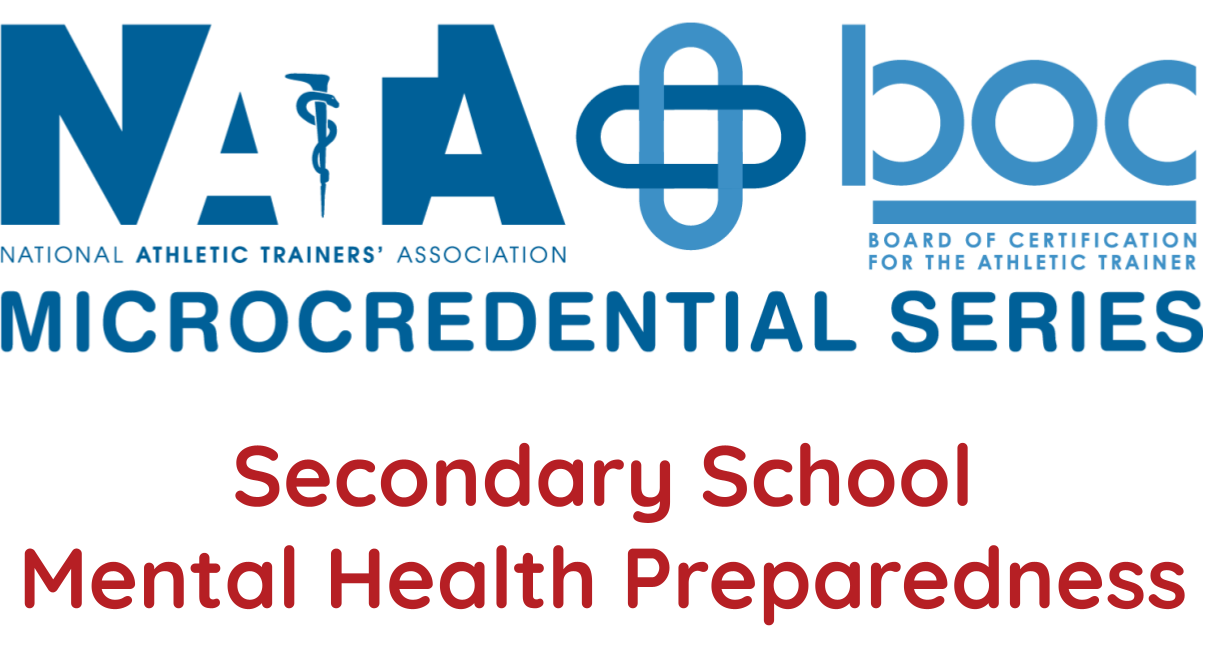
Sue Falsone, PT, SCS, ATC
| • President & Founder: Structure & Function Education • Director of Movement and Return to Performance: Houston Texans • Owner: Falsone Consulting • Associate Professor, Athletic Training Programs: Arizona School of Health Sciences, A.T. Still University • Author: Bridging the Gap from Rehab to Performance • Previous Head of Athletic Training and Sports Performance: US Soccer Men’s National Team • Previous Head Athletic Trainer and Physical Therapist: Los Angeles Dodgers • Previous Vice President of Performance Physical Therapy and Team Sports: Athletes’ Performance (now EXOS) • Current consultant to professional athletes and professional sport organizations • Doctor of Physical Therapy: Daemen College • Master of Science in Human Movement with concentration in Sports Medicine: UNC-Chapel Hill • Bachelor of Science in Physical Therapy: Daemen College • Board Certified Specialist in Sports Physical Therapy through the APTA • Certified Athletic Trainer through the NATBOC • Certified Strength and Conditioning Specialist through the NSCA • Certified Orthopedic Manual Physical Therapist in the Spine via the IAOM-US • Registered Yoga Teacher through Yoga Alliance, 200- Hour teacher training |
Series Content Where I am Featured:
Sports Science Module 3 - Performance Strategies: Communicating/Explaining the Science to Coaches, Players and Administration

